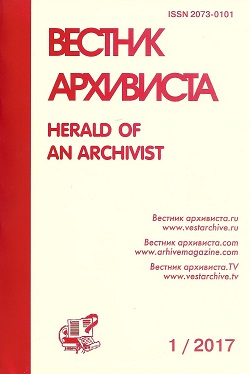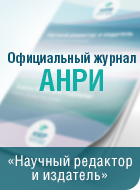Ideological Confrontation between the USSR and Nazi Germany in 1941–1945: Learning to Hate the Enemy



| 11 July 2024
Posted in
Anniversaries
Malysheva E.M.,
Maikop, Russian Federation
Ideological Confrontation between the USSR and Nazi Germany in 1941–1945: Learning to Hate the Enemy
Abstract
The article strives to study the use of propaganda in Germany and the USSR during the Great Patriotic War. The place and role of propaganda in maintaining soldierly spirit and morale of citizens in the rear are well-known. The article assesses the propaganda activities of the warring parties in the Caucasus region, showcases methods and approaches that take into account ethnicity and local culture. It examines the manner and matter of information warfare and its results, demonstrates that the propaganda work of warring parties was founded on opposite axiological priorities: protection of the Motherland in the USSR and acquisition of foreign territories in Germany. Drawing on a wide range of the published and unpublished archival sources and historiography works, the author analyses the impact of propaganda on public consciousness in a situation of ideological confrontation between the USSR and Nazi Germany during the Great Patriotic War is made. The article contends the effectiveness of the Soviet propaganda model. The author uses comparative analysis to study the opposite value systems of enemy combatants and citizens of the USSR and Germany. She assesses the implementation of the ad hoc policies of the occupying power in the national republics of North Caucasus, the so-called “Caucasian experiment” aimed to entice the population to collaborate. The whole arsenal of the German propaganda machine (broadcasts, leaflets, movies and press) was put to use of psychological processing the population of the occupied areas. Information war had fierce: Nazis maintained the idea of inferiority of “Untermensch” and saw the USSR as a conglomerate of diverse ethnoses in confrontation with the Russians. They proposed to use alleged disunity to extract maximum economic return from forced labour. Imposition of the pseudoscientific theory of racial superiority of one race over other nations had no future, no chance of success, as well as the Nazi plan to induce the nations of the Caucasus and other ethnoses to collaborate and form “the fifth column” in the USSR. Axiological messages and approved identical forms were used in political and propaganda activities of bodies of the Soviet power to incite hatred for the enemy. It was a means information war aiming at creating motivation to act. The author concludes that the study of the practices and impact information influence on public consciousness is of great significance in the context of formation of positive image of Russia in emergencies. It will promote overcoming of the erroneous estimates and perception stereotype of the image of Russia in the contemporary European community in a situation of mounting challenges to the information security of the Russian Federation.

Keywords
Archive, source, propaganda, the Eastern Front, the Great Patriotic War, the USSR, the Third Reich, consciousness, motivation, axiological priorities, combatants, hatred, enemy, collaboration, occupation, policy, confrontation.
Download the article: pdf
About the authors
Malysheva Elena Mihajlovna, PhD in History, professor of the National History, Historiography, the Theory and Methodology of History Department of the Adygei State University, Maikop, Russian Federation, 8-909-469-05-00, This e-mail address is being protected from spambots. You need JavaScript enabled to view it











